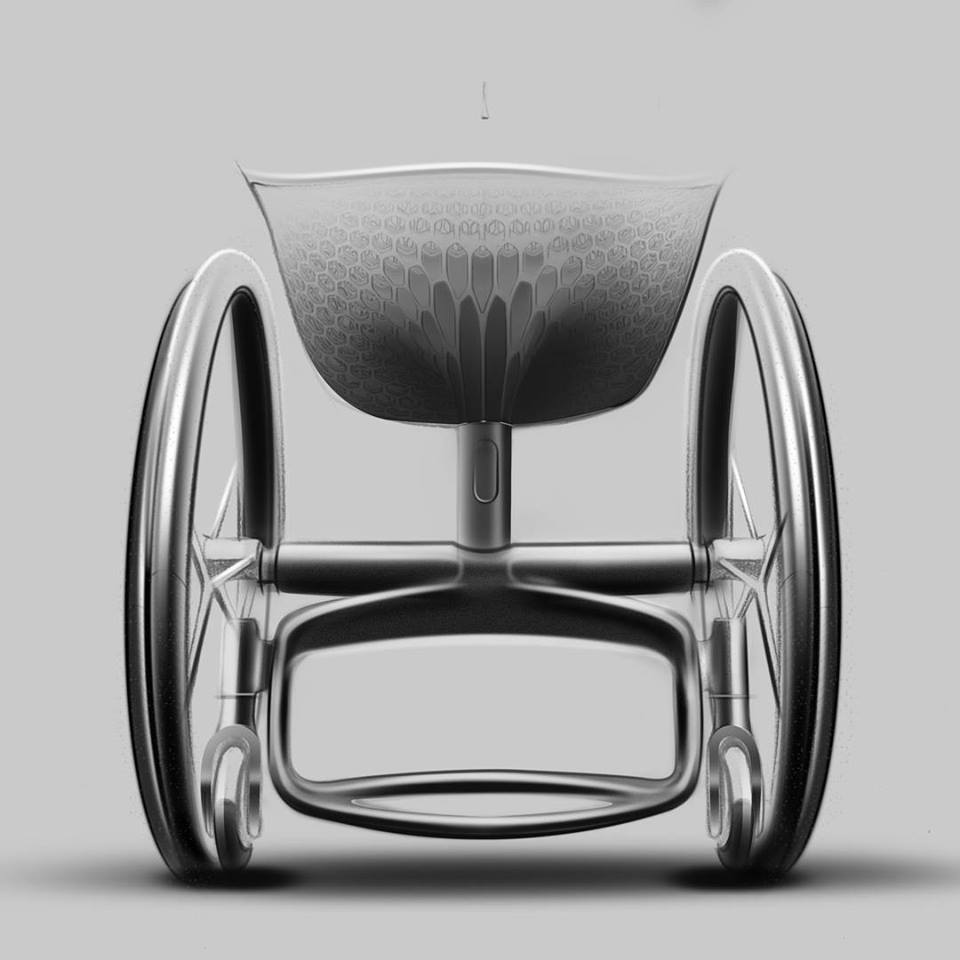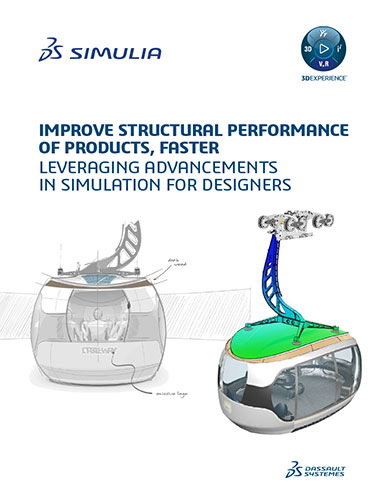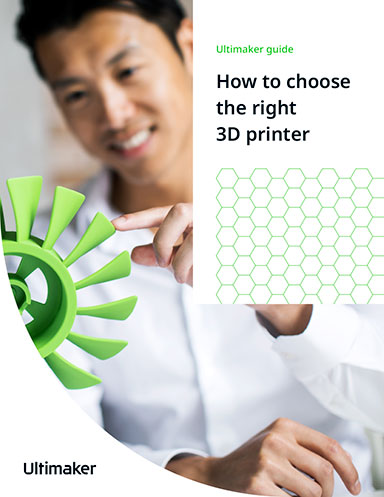3D Printing Offers High Tech Options for Wheelchairs

The GO wheelchair is a high tech alternative to conventional designs, utilizing 3D printing in its production. Courtesy of Layer.
Latest News
May 12, 2016
It can sometimes seem as though everything is being 3D printed, and the reasons aren’t always clear. The technology is certainly flexible enough to support an enormous number of applications, but it can seem as though some things are built using additive manufacturing (AM) just for the sake of using AM. Sometimes more traditional forms of manufacturing are just plain better for a specific project.
Layer, a London-based design firm, seems to understand that just because you can doesn’t mean you should. After months of consultations with users, Layer presented its high-tech update to conventional wheelchairs named the GO.
 The GO wheelchair is a high tech alternative to conventional designs, using 3D printing in its production. Courtesy of Layer.
The GO wheelchair is a high tech alternative to conventional designs, using 3D printing in its production. Courtesy of Layer.Unlike some 3D printed updates to classic ideas, the GO takes advantage of 3D printing’s ability to quickly fabricate custom objects based on user needs. From Layer’s Facebook page:
Wheelchair users are seated for up to 18 hours each day and associated injuries and discomfort are commonplace. The made-to-measure seat of the GO wheelchair accurately fits a user’s form, helping to reduce pressure points and the issues they cause.
Each GO wheelchair is designed with the specific disability of the intended user in mind, and uses biometric data to ensure a comfortable fit. The seat is printed in transparent thermoplastic polyurethane, which is flexible enough to offer a comfortable seat, while retaining the durability required for daily use. The design centers the user’s weight, improving performance capabilities, and helps reduce potential problems by easing body pressure.
The frame and foot of Layer’s wheelchair are constructed from lightweight titanium, and is also customizable based on the foot placement and size of user. Rather than standard metal, the GO uses carbon fiber spokes to further reduce the weight of the wheelchair, and has been developed to be easier to push, which offers the possibility of reducing user arthritis or injury.
Each bespoke chair can be manufactured in about two weeks, and Layer has partnered with Materialise to provide 3D printing services. While it’s obvious that not every user will be able to afford a titanium and carbon fiber chair, hopefully the design elements promoted by Layer’s GO will provide impetus for future improvements to more standard models.
Below you’ll find a video about everyday problems of wheelchair users.
Subscribe to our FREE magazine, FREE email newsletters or both!
Latest News
About the Author
John NewmanJohn Newman is a Digital Engineering contributor who focuses on 3D printing. Contact him via [email protected] and read his posts on Rapid Ready Technology.
Follow DERelated Topics






